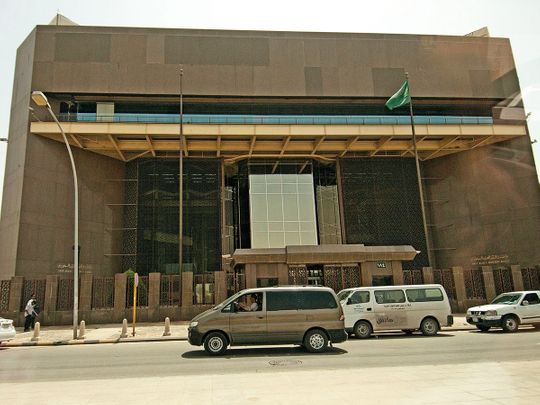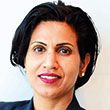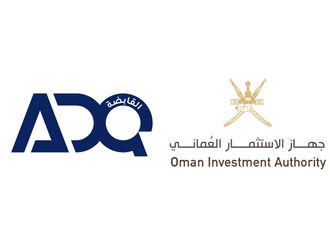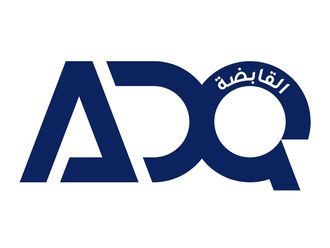
Dubai: Yields of bonds in the Gulf Cooperation Council (GCC) region are expected to continue their outperformance compared to emerging markets' bonds following the JP Morgan bond index inclusion, analysts said.
JP Morgan plans to include bonds of Saudi Arabia, Qatar, the UAE, Bahrain and Kuwait in its emerging market bond index with a weightage of 11.8 per cent. Saudi Arabia will have the highest weightage of 3.3 per cent followed by UAE, which will have 2.6 per cent weight on the index. The inclusion will be done in a phased manner over nine months starting from January 31.

Depending on how many rate hikes happen in US and what kind of GCC credit rating changes, return on GCC bonds is likely to be between 2-4%.
GCC bonds yielded returns of 0.8 per cent compared to a loss of 2.5 per cent in the emerging market bond index. This outperformance of GCC bonds last year was partly attributed to the news of index inclusion, firm oil prices and continuation of reforms in the region. GCC credit spreads widened less compared to emerging market bonds. Credit spreads on GCC bonds widened by only 57 basis points, compared to 117 bps in emerging market bonds.
“Depending on how many interest rate hikes happen in US and what kind of GCC credit rating changes in the region, total return on GCC bonds in 2019 is likely to be between 2-4 per cent,” Anita Yadav, Head of Fixed Income Research, Senior Director, Wholesale Banking, Emirates NBD told Gulf News.
On Wednesday, Saudi Arabia’s 10-year sovereigns spread tightened by 20 basis points to be to 1.42 per cent from 1.60 per cent a month ago. whereas, Abu Dhabi 2027 bond spread has compressed to 0.81 per cent from 1.04 per cent a month ago.
“Investors are starting to come. but the actual subscription should come from next week, and that should be positive for the region because of the demand,” said a fund manager who did not wish to be named.
“Index inclusion is not the only factor. There are too many factors such as oil, interest rates, trade war which may impact the flows and bond yields,” the fund manager added. Analysts expect $30 billion of inflows in active and passive funds coming into the region because of the upgrade.
“Part money has already come in the region to position themselves ahead of the inclusion, the rest would come in a staggered manner till September,” the fund manager added.











